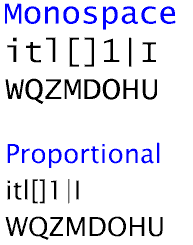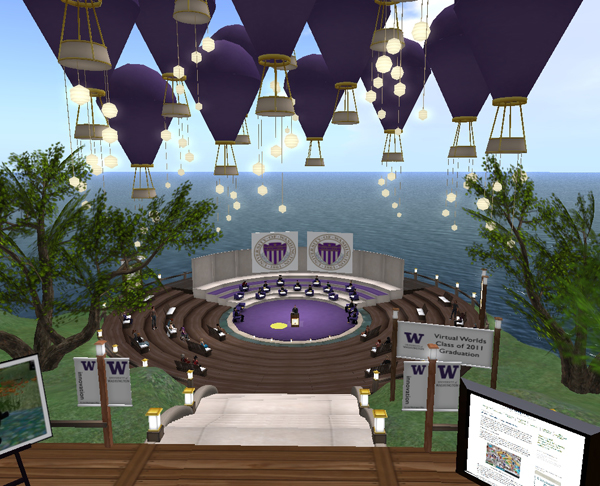General observations:
- TCC 2012 was the third time I have attended this conference. I believe that one of the biggest things that I noticed about this conference was the overall improvement of the quality of the presentations. Particularly impressive to me, were the Masters' project presentations. The level of scholarship seemed much higher to me than in previous years and the overall skill and presentation seemed much more professional. This year, for the first time, I encountered quite a bit of difficulty completing my registration and getting logged on to the site. In fact, I had to register twice.
Opinion about the value of a virtual conference for educators and for society:
- Before my experiences 3 years ago, I probably would not have even considered the question of virtual conferences. experiences I've had since and particularly the TCC conference have convinced me of the value of this mode of delivery. There's a lot to be said for having the ability to bring interested and interesting people from all over the world together to discuss subjects of common importance and to share with an audience. One of the strengths of this mode of delivery is the ability to go back and experience the recorded presentations that one may have missed during the day. I believe that the combination of synchronicity and asynchronicity that the online conference allows is particularly powerful. Another positive about the online conference is that it does not necessitate travel and the consequent time away from work. In fact, I was able to listen to and participate in one presentation that took place during a rather slow time in my work day.I believe the social benefits of online conferences are similar to those of conferences held in the traditional manner. Conference participation allows for meeting with and discussing with people who share similar interests, the opportunity to hear new ideas and new methodology, and the chance to take away information that can change one's own practice. The strength of the online conference is that it allows these things to occur in a manner that's much more conducive to thought and reflection.
- - Here's a link to my Storify postings on TCC2012- The posting contains information about some of the places I went, what I heard, and some of my thoughts.
Take-aways
- I came away with the number of very good ideas from the 2012 TCC conference. Two that really stand out in my mind were the presentations of about a whole school one-to-one iPad initiative and the action research project involving blogging in the elementary school. Using both twitter and Storify were useful and valuable to me. Through twitter, I was able to get very timely feedback about what others were thinking, hearing, and talking about. Storify allowed me to put my thoughts in more perspective and also gave me the opportunity to see in more detail what others were thinking about the conference.
Next time?
- One of the things that I will definitely be doing differently at the next TCC conference will be to present my own project. I already had some experience 3 years ago being part of a group presentation at the conference but it will definitely be a challenge to put together a coherent and valuable presentation of my own and share it with a worldwide audience.
Suggestions:
- I have a few suggestions regarding the conference. 1st: I'm not sure what happened with my registration but it was rather annoying and anxiety producing. I'm not convinced that sending out logon codes by e-mail is the most efficient way to do this but I have as yet not come up with an alternative to suggest. 2nd: I seem to be in a minority but I don't feel that the badge activity was very well implemented nor was it of particular use or consequence for me. It seemed almost as if it were presented as an afterthought. I think part of the reason is that Mozilla's badging initiative is still in its infancy and doesn't really have much significance or meaning yet. 3rd: this may be a bit picky but I also believe that the web design of the site could be a little more contemporary and that the user interface could be a bit more conducive to navigating quickly to desired information. I found that the drop-down sort menus felt a little archaic and clunky but the alternative was scroll down through very long lists of presenters. My suggestion would be to redesign the site and incorporate the results of a formal usability study.











